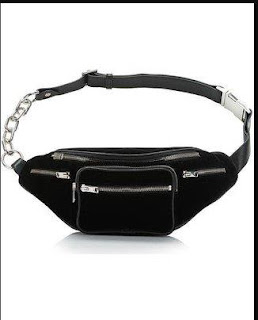On that date, Alpha Entertainment, LLC filed five trademark applications for XFL with the U.S. Patent and Trademark Office. And yes, they are related to professional football.
The core application for XFL covers "Entertainment services in the nature of professional football games and exhibitions" and "arranging and conducting athletic competitions, namely, professional football games and exhibitions," among other services in Class 41.
The other four applications cover a variety of ancillary goods/services, such as merchandise, including:
- A variety of toys and sporting goods (Class 28);
- Posters, calendars, pictorial prints, series of books relating to football, and other paper-related goods (Class 16);
- Jewelry, watches, earrings, rings, and other accessories (Class 14); and
- Downloadable software in the nature of mobile applications for displaying information relating to football exhibitions, football schedules, media guides, audio and visual recordings relating to football, DVDs featuring the sport of football, motion picture films in the nature of football, and video games and computer game software, among other things (Class 9).
Alpha Entertainment, LLC filed each application on an intent-to-use basis, suggesting it is not using XFL in conjunction with the listed goods and services yet (which makes sense considering the league isn't active) but has a bona fide intention to do so in the near future. TMEP 806.01(b); 15 USC 1051(b). Before the USPTO will register these XFL marks, Alpha Entertainment will need to start using the marks in conjunction with the listed goods and services and submit sufficient proof of same to the USPTO. See TMEP 1103.
Back in September, Alpha Entertainment, LLC filed two identical applications (not sure why) for URFL covering goods similar to those listed in XFL application filed in Class 9. According to my quick search, those two URFL applications, and the five XFL applications described above, are the only federal trademark applications that have been filed by Alpha Entertainment, LLC.
Interestingly, World Wrestling Entertainment, Inc. also owns three pending trademark applications for XFL (none of those have yet registered, however). The WWE's applications also cover entertainment services (albeit primarily related to wrestling) as well as a variety of clothing items. Because those XFL applications are owned by a separate entity, the USPTO may refuse to register Alpha Entertainment, LLC's XFL applications under Section 2(d) of the Trademark Act if the USPTO deems the underlying goods and services to be related. See TMEP 1207 et seq. In other words, the USPTO doesn't register marks that are confusingly similar to previously filed marks, so the WWE's XFL applications might prevent the registration of Alpha Entertainment, LLC's XFL marks.
We'll find out in approximately three months whether the WWE's pending XFL applications block Alpha Entertainment, LLC's XFL applications. If so (and maybe even regardless), Alpha Entertainment and the WWE will need to determine who owns the XFL mark. Stay tuned.






















